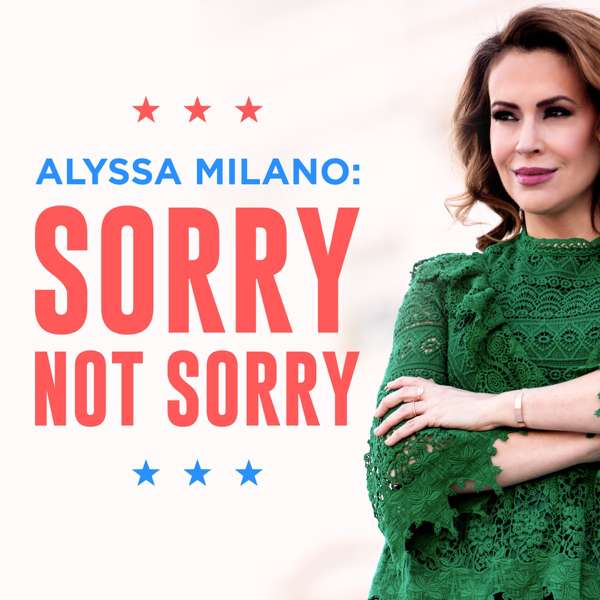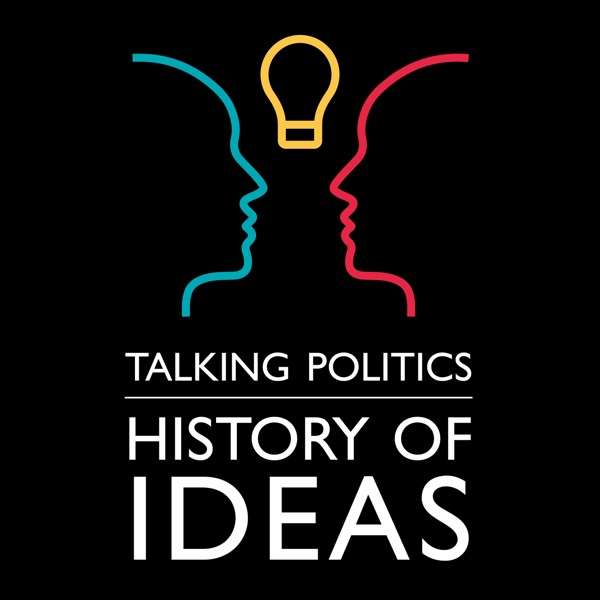It’s easy to mistake “Purity Culture” — Evangelical Fundamentalism’s distinctive take on sexuality and social mores — for prudishness. It’s much more than a simple “don’t have sex” campaign: the movement combines several related ideological threads in ways that can torment insiders and baffle outsiders. In this episode, Jeff and Kristin explore Purity Culture’s history, its manifestations in popular culture and Christian media, and its impact on the teens and adults who’ve grown up in it.
Purity Culture’s building blocks
We’ve broken Purity Culture down into four specific pillars, each of which contributes to the culture’s dangerous toxicity.
You don’t own yourself
The idea that people have the right to control their own bodies, and choose what kinds of things they’re comfortable with both sexually and socially, is acknowledged to a limited degree — but tempered by the belief that God is the ultimate “owner” of every person’s body, and that we have no right to choose things that He doesn’t approve of.
Nancy DeMoss’s 2007 article, “Free To Be Modest,” published on the conservative Christian web site The Rebelution, articulates the idea directly: “My body is not my own. It’s not mine; it doesn’t belong to me (1 Cor. 6:19)… An immodestly dressed woman is giving away something that doesn’t belong to her. This principle of ownership means that you and I are not free to dress in any way we please.”
This foundation means that while Purity Culture may arrive at some of the same conclusions about sexual ethics and cultural mores, it does so via a very different path and proposes very different solutions to societal problems. In Purity Culture, for example, the fundamental moral transgression of rape is not the violation of another person’s autonomy but the act of extramarital sex.
A totalizing definition of purity
It’s easy to assume the culture’s idiosyncratic definition of “purity” is just shorthand for sexual abstinence outside of heterosexual marriage. Its definition of “Impurity” isn’t just about specific acts, though: it includes any thought, feeling, action, or motivation that would produce pleasure outside of “God’s Plan for sex.”
Having dreams about sex, lingering over the swimsuit ads in the Sunday paper, being gay, making out after prom, looking too long at a passing jogger’s abs, sex with a co-worker, and grooming children for abuse all exist under the broad umbrella of “impurity.” They’re evil not because they affect others or have specific consequences, but because they violate Purity Culture’s specific definition of sexuality that’s acceptable to God. Members are encouraged and trained to be on constant alert, wary of any idle thought or passing glimpse of the opposite sex that might lure them into lustful fantasies, rendering them impure.
As a corollary, blame for nearly every emotional or relational challenge faced by young teens, single twenty-somethings, and married couples is laid at the feed of “impurity.” After a lifetime of exposure to these totalizing messages, guilt is inevitable — and that guilt is treated as evidence from God that Purity Culture’s strict guidelines are true.
Gender essentialism and patriarchy
The third component of purity culture ideology is the assumption of deep and fundamental differences between mens’ and womens’ sexual drives and desires. Old tropes are codified as God’s Design: men are frequently described as “visual creatures” easily inflamed by desire, while women are “love-seekers” whose bodies tempt men.
This idea is closely related to the concept of Christian patriarchy — the idea that men have been put in charge of their families by God, and women are meant to function as helpers in the task of raising a Godly family. Although modern purity culture proponents often emphasize the importance of “mutual submission” before God, the idea of a divinely ordained hierarchy, and inescapable biological difference between mens’ and womens’ sexual desires, appears again and again.
The books, articles, sermons, and curriculum that spread and reinforce purity culture repeatedly return to this divide. Boys are told to avoid tempting glimpses of women, assured that their self-restraint will make them strong warriors for God, and promised a lifetime of mind-blowing sex if they “hold out” until marriage. Girls are taught that only their modesty can protect pure men from “lustful thoughts;” it’s assumed that girls and women don’t want sex, just the love that manipulative boyfriends promise in exchange for it.
Purity as a front in the culture war
The final component of modern purity culture is the idea the “staying pure” is more than just a personal choice about sex: it’s a way to strike a blow for God in His war with Satan. This view scoops up a wide range of cultural phenomena — from changing mores about marriage and sex, to capitalism’s incessant use of sex to sell products, to growing cultural acceptance of LGBTQ identity, to public health STD-prevention efforts — and frames them as Satanic attempts to lure individuals into “impurity.”
This war-in-your-pants, war-in-the-heavens framing ratchets up the stakes, and positions anyone who disagrees with purity culture’s assumptions and conclusions as a potential opponent in a a war with eternal consequences.
Additional notes
Although Kristin and Jeff discussed broad trends and their own experiences in purity culture, time limits meant that several important threads went relatively unexplored. The role of Elizabeth Elliot’s 1984 book Passion and Purity, a touchstone for many teens raised in the culture, deserves a mention. Josh McDowell’s Why Wait? campaign, meant to fight a late-80s “epidemic” of teen sex, was a separate effort launched shortly before the similarly-named “True Love Waits” campaign discussed on the show. Finally, the role of race in purity culture deserves much more attention: racist stereotypes about sexual desire and promiscuity often shape a community’s subjective decisions about sexual guilt, innocence, and victim-blaming.
Some of these themes are addressed in more detail in the links below.
References and Further Reading
Books about Purity Culture and fundamentalist gender roles
* Jesus and John Wayne: How White Evangelicals Corrupted a Faith and Fractured a Nation, by Kristin Kobes Du Mez, 2020
* Pure: Inside the Evangelical Movement That Shamed a Generation of Young Women and How I Broke Free, by Linda Kay Klein, 2018
* Damaged Goods: New Perspectives on Christian Purity, by Dianna E. Anderson, 2015
* The Purity Myth: How America's Obsession with Virginity Is Hurting Young Women, by Jessica Valenti, 2009
Books and essays from the Purity Culture movement
* Christian Sex Education: A Biblically Based Approach, by Jimmy Hester, 1993
* I Kissed Dating Goodbye: A New Attitude Toward Relationships and Romance,by Joshua Harris, 1997
* The Modesty Survey and The Responsibility of Modesty, The Rebelution, 2010.
* Lies Young Women Believe: And the Truth that Sets Them Free, by Nancy Wolgemuth & Dannah Gresh, 2008
* Every Man's Battle: Winning the War on Sexual Temptation One Victory at a Time, by Fred Stoeker and Stephen Arterburn, 2000
* Wild At Heart: Discovering the Secret of a Man's Soul, by John Elderege, 2001
* Tender Warrior: God’s Intention For A Man, by Stu Weber, 1995
Articles and news coverage
* A Brief History of Sex Ed in America, by Johannah Cornblatt, Newsweek, 2009
* ‘Leaving to sin’ is more about evangelicals’ obsessions than the desires of those who leave, by Chrissy Stroop, Flux Network, 2021
* How the ‘extreme abstinence’ of the purity movement created a sense of shame in evangelical women, by Julie Ingersoll, The Conversation, 2019
* A World Without Consent: Rape culture, and the terrifying burden of agency, by Jeff Eaton, Growing Up Goddy, 2013
* How Evangelicalism's racist roots and purity culture teachings catalyzed the Atlanta killings, by Ashlie Stevens, Salon Magazine, 2021
* How purity culture and anti-Asian racism intersect in some white evangelical circles, by Sarah Ngu, NBC News, 2021
* 7 Lies That Purity Culture Teaches Women, by Natalie Collins, Christians for Biblical Equality web site, 2015
* The Flaw at the Center of Purity Culture: The rules don’t apply equally to everyone, by Angie Hong, The Atlantic, 2021
* A Personal Encounter with Purity Culture: Evangelical Christian Schooling in Aotearoa New Zealand, by Olivia Stanley, The Bible & Critical Theory Vol. 16, No. 1 (2020)
* Before "True Love Waits" there was Josh McDowell and Petra, by Chris Gehrz, The Anxious Bench, 2019
* Purity Culture’s Racism Robs Women of Color of Their Reproductive Agency, by Dianna Anderson, Rewire News, 2015
Get full access to Christian Rightcast at
rightcast.substack.com/subscribe
 Our TOPPODCAST Picks
Our TOPPODCAST Picks  Stay Connected
Stay Connected







